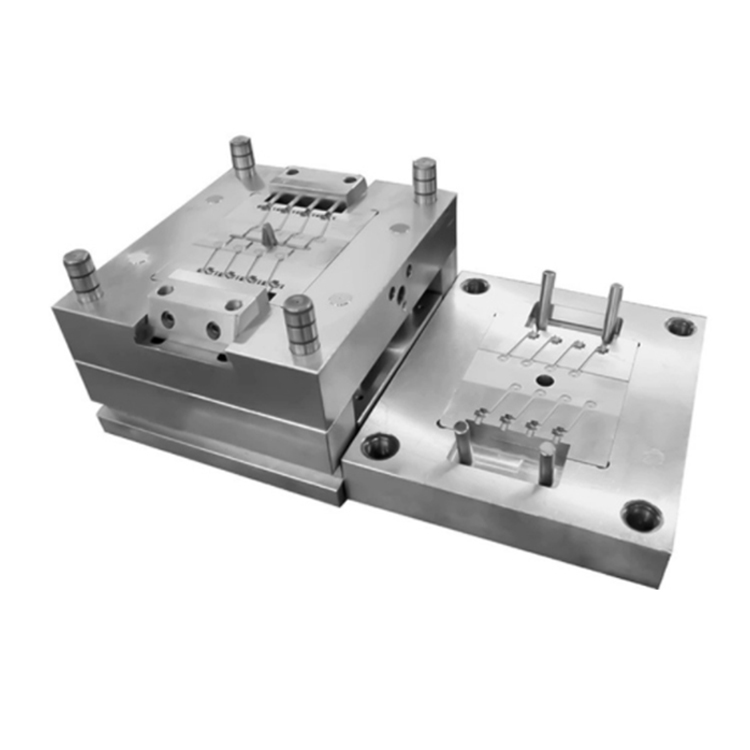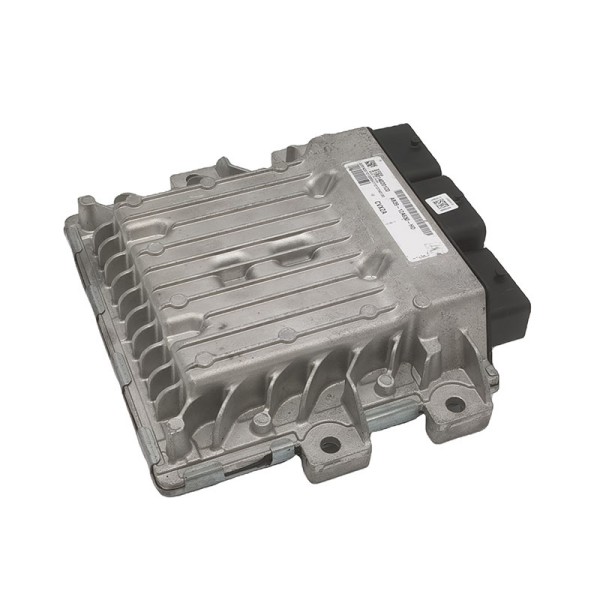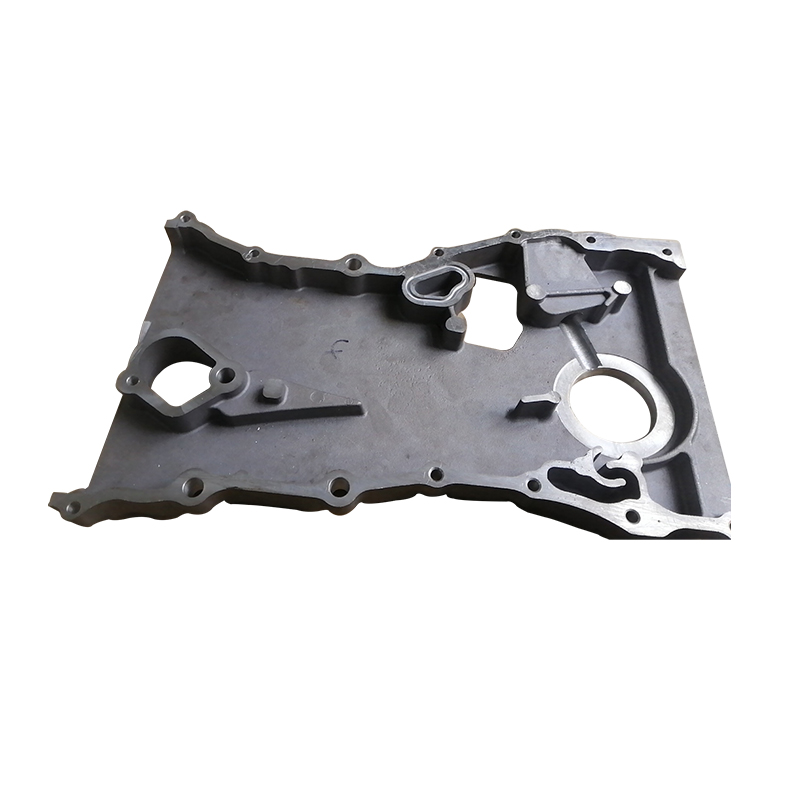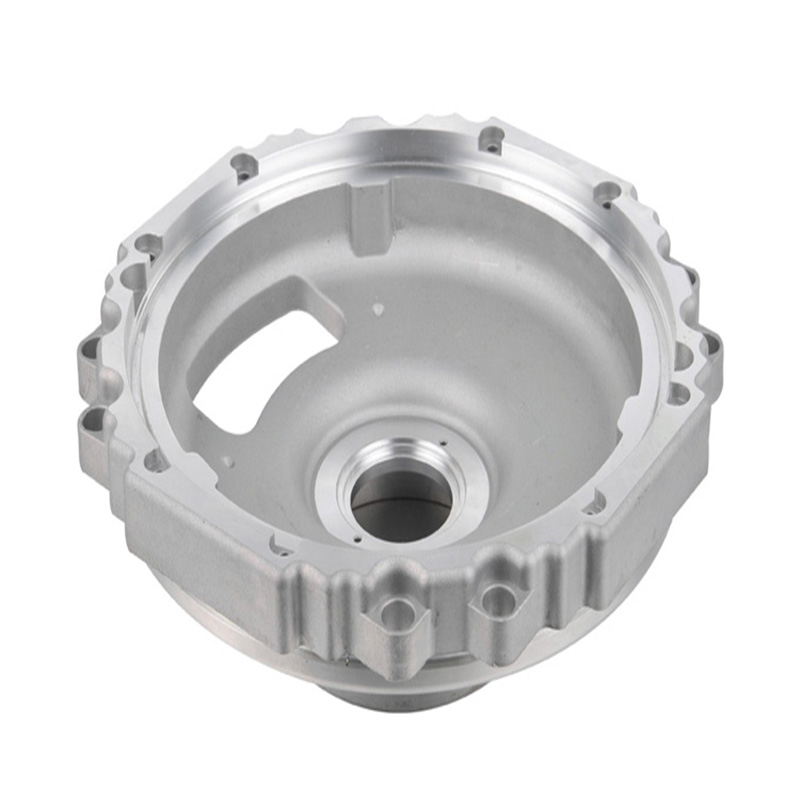Strategies to Optimize Aluminum Die Casting Filling Time
-
Optimize gate design: The gate design plays a crucial role in controlling the flow of molten aluminum into the die cavity. Ensure that the gate size, shape, and location are appropriately designed to promote smooth and efficient filling. Consult with experienced engineers or use simulation software to analyze and improve gate design.
-
Enhance metal flow: To minimize turbulence and improve the filling process, consider using techniques such as overflow wells, baffles, and flow aids. These features help guide the molten aluminum efficiently through the die cavity, reducing filling time and improving overall casting quality.
-
Control shot velocity: Adjusting the shot velocity can significantly impact the filling time. A higher shot velocity promotes faster filling, but it may also cause turbulence and defects. Experiment with different shot velocities to find the optimal balance between filling speed and part quality.
-
Optimal die temperature: Maintaining the appropriate die temperature is crucial for efficient filling. The die should be preheated to the optimal temperature to ensure rapid solidification and prevent premature freezing of the aluminum. This allows for faster filling and reduces the likelihood of defects.
-
Reduce air entrapment: Air entrapment during the filling process can lead to porosity and other defects. Design the die and gating system to minimize air entrapment by providing appropriate vents and venting channels. Proper venting ensures the smooth escape of air during filling, improving the overall quality and reducing filling time.
-
Implement vacuum-assisted die casting: Vacuum-assisted die casting systems can further enhance the filling process by removing air and gases from the die cavity. This technique helps eliminate porosity and improves overall part integrity, resulting in faster filling times and superior casting quality.
-
Use optimized casting parameters: Fine-tuning other casting parameters, such as metal temperature, injection pressure, and shot profile, can significantly impact filling time. Experiment with these parameters while considering the specific requirements of the casting to achieve faster, more efficient filling.
-
Employ process monitoring and control: Implement real-time monitoring systems to track filling characteristics, such as metal flow, temperature, and pressure. This allows for immediate detection of any deviations or abnormalities during the filling process, enabling timely adjustments and optimization.
-
Continuously improve through simulation and analysis: Utilize advanced simulation software to model and analyze the die casting process. These tools can help predict and optimize filling behavior, identify potential defects, and suggest design modifications. Regularly analyze and iterate on the process to continually enhance filling time and casting quality.
-
Collaborate with experts: Engage with experienced die casting professionals and seek their advice to gain insights into best practices and potential improvements. Networking and collaboration can provide valuable knowledge and guidance to optimize the filling time effectively.
Remember, optimizing aluminum die casting filling time requires a combination of design, process parameters, and continuous improvement efforts. By implementing these strategies and staying vigilant throughout the casting process, you can achieve faster filling times while maintaining high-quality castings.
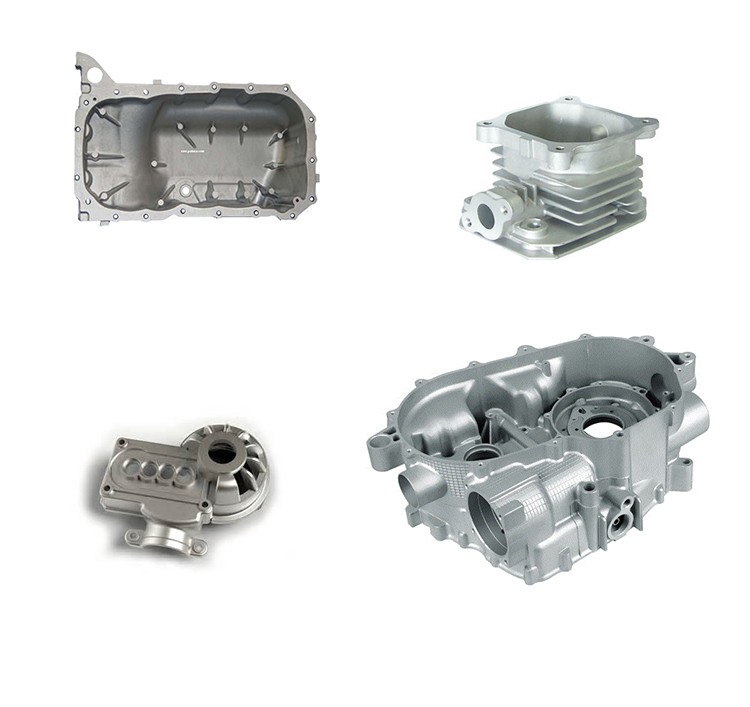
NINGBO FUERD MECHANICAL CO., LTD
Website: https://www.fuerd.com
